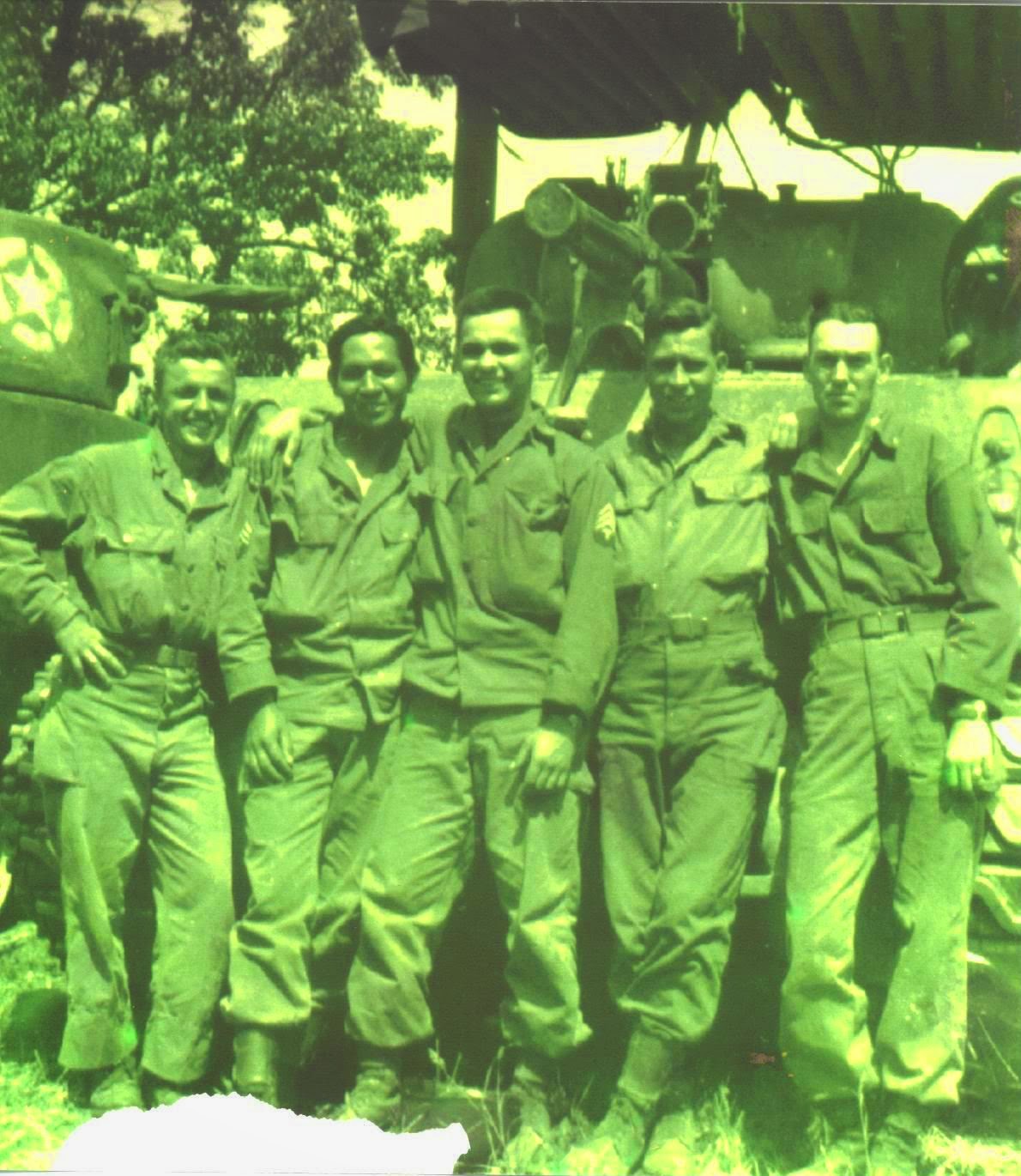John
Trush, World War II veteran and wonderful man, passed away on February 11,
2015. John and all other veterans deserve our heart-felt thanks; they
sacrificed for our country’s benefit. In 2005 he told me the following story
about a famous battle:
“I
remember that bloody battle near the German town of Herrlisheim. It was really
a trap set by the Germans. It occurred not long before the war ended, right
after the Battle
of the Bulge.
I remember that because my company was sent north to cut the
Germans off in that battle, but the Germans pulled out before we got there.
"I
remember the scene of the scene very well. It was early morning and very foggy.
At one point our officer, Lieutenant Woods, and I looked
out and saw part of the sun trying to break through the fog, and I said, ‘That
sun looks awfully bloody up there.’
"And
so we advanced, with Steinwald Woods on the left of us and the Zorn River on
the right. We were supposed to cross that river to take Herrlisheim, but before
we crossed tremendous fire came from that wooded area. One of the tanks was
riding on the top of a levee along the river and slipped down and turned
completely over into the marsh. As I drove by it I didn’t see anyone jump out
of it; the escape hatch was closed. The firing kept coming from the woods, and
it was lighting up our tanks like match sticks. They were full of gas and would
explode and burn for hours; I’ve seen them burn all night long. They were
firing 88 millimeter canons. Being under heavy fire, Lieutenant Woods called
through the intercom for us to back up. He kept hollering, ‘Back it up; pour it
on her!’
"We
were able to retreat far enough so that the shells began to fall before they
got to us. I could see the shells flying by us, quite a few of them. They were
almost three feet long and I could see the waves of heat created by them coming
towards us—the shape of the shell shimmering inside. As the fog lifted I could
see German soldiers coming from the woods. And right away our air force fire-bombed
that whole area with white phosphorous, which destroyed the trees and all the
German infantry. Those bodies lay there for quite a while—frozen to the ground.
We
fought battles before and after Herrlisheim, but nothing as disastrous. It was
truly a nightmare. You know, for a long time I couldn’t talk about the horror
of that terribly bloody battle. For a long, long while the memories kept me
awake—all those men slaughtered … and I came out of it, came home, and I … oh
well!”
Second Photo: 20-year old John Trush with his Company A tank
buddies in 1945. Note tank and rockets at top of photo.







